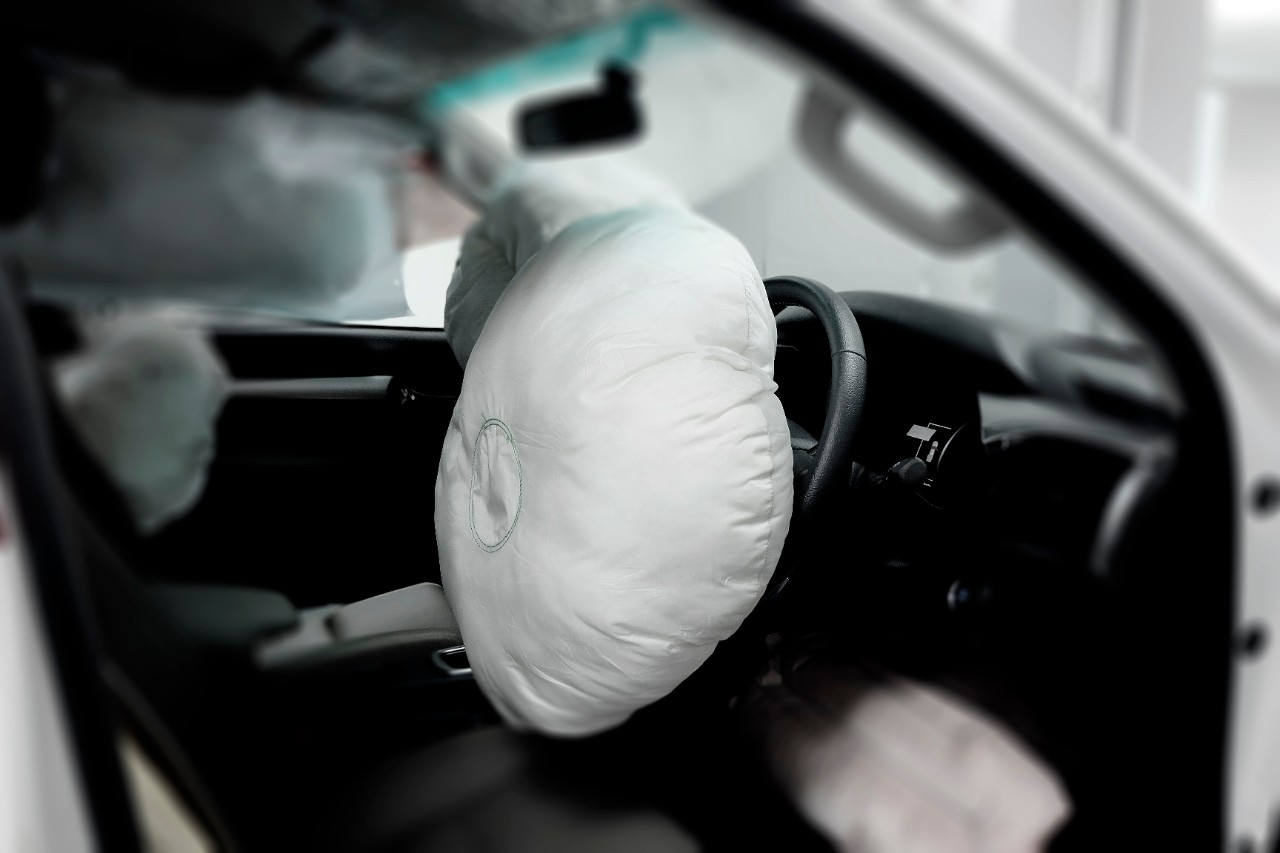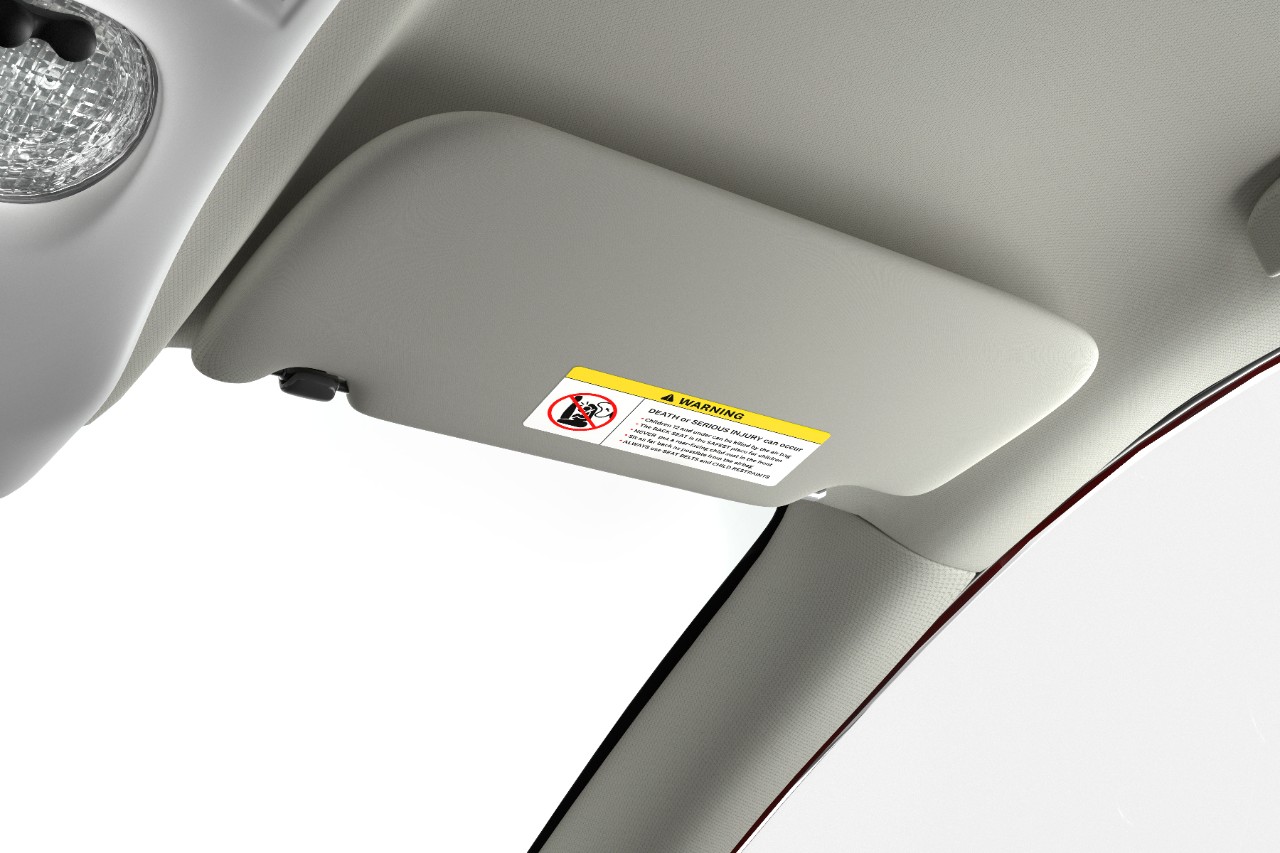Airbags: More types and more transparency
While there is development happening on the standard front airbag, such as the one debuted in the 2021 Acura TLX sport sedan that works like a catcher's mitt to reduce brain injury, a lot of the advances in airbag safety are coming from new types being added to cars.
Some notable examples are Autoliv’s front center airbag that is deployed in the space between the driver and passenger, ZF’s external airbag for side impact collisions, and the new frontal collision airbags for rear-seat passengers in the 2020 Mercedes-Benz S-Class. As well as the growing availability of side and curtain airbags which, when used in combination, have been found to reduce death and injury by 41%. Significantly, in 2020 the Euro NCAP evaluated far-side impact for the first time in their safety assessments, allowing verification of new types of airbag design.
As a key safety technology, the visibility of the airbag supply chain is important. Not having a clear overview of where materials come from puts manufacturers at risk, as many OEMs have experienced with the ongoing Takata airbag recall. Ford’s additional recall in February 2021, due to replacing airbags with obsolete parts that should have already been disposed of, shows the need for traceability throughout the full manufacturing lifecycle. We at Avery Dennison believe in a future where every physical item will have a unique digital identity and digital life.
Avery Dennison’s active safety system labels are continuously tested and optimized to support the unique shapes and geometries of airbag designs. Suppliers and OEMs can access a wide portfolio of durable solutions they can customize to their needs, such as materials that are able to be sewn directly onto the airbag, silicone adhesives, hot-melt adhesives, permanent warning labels throughout the vehicle, and intelligent labels for digital identification of critical safety parts.





